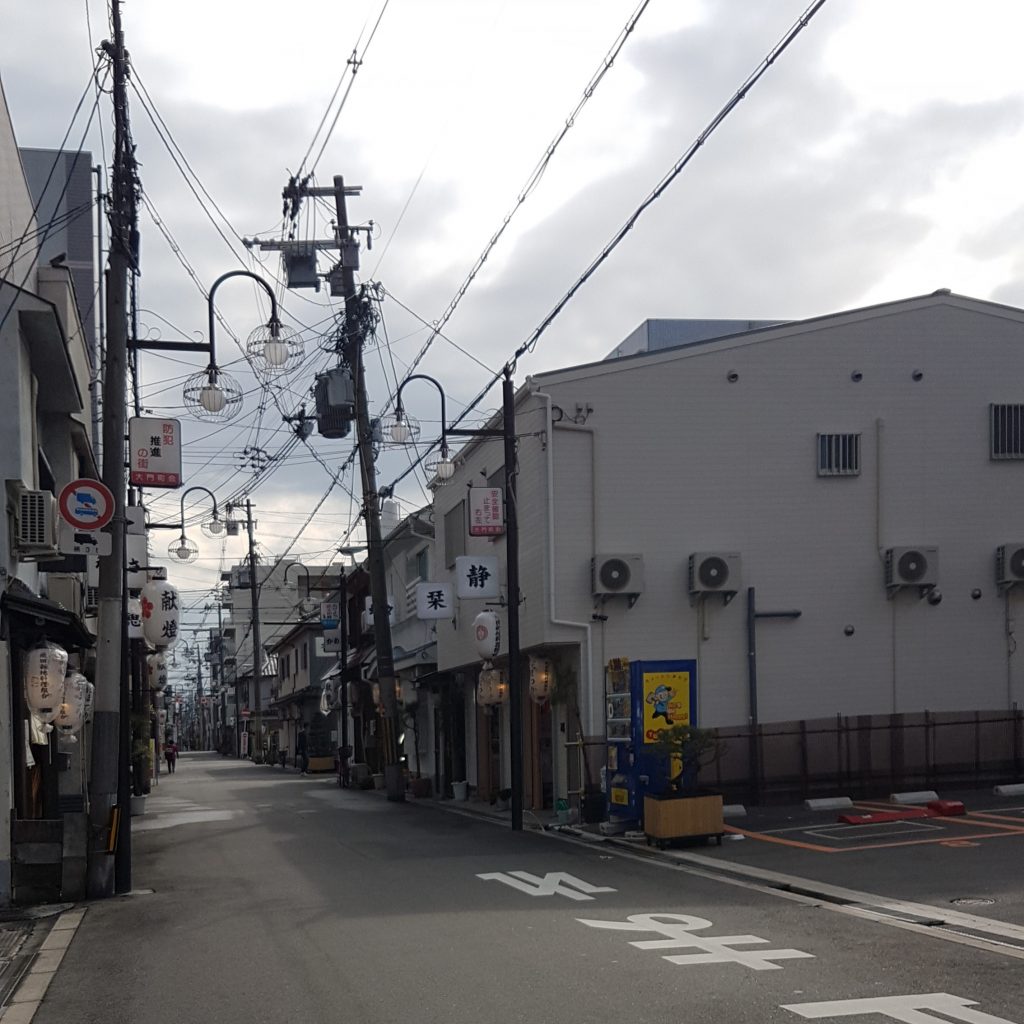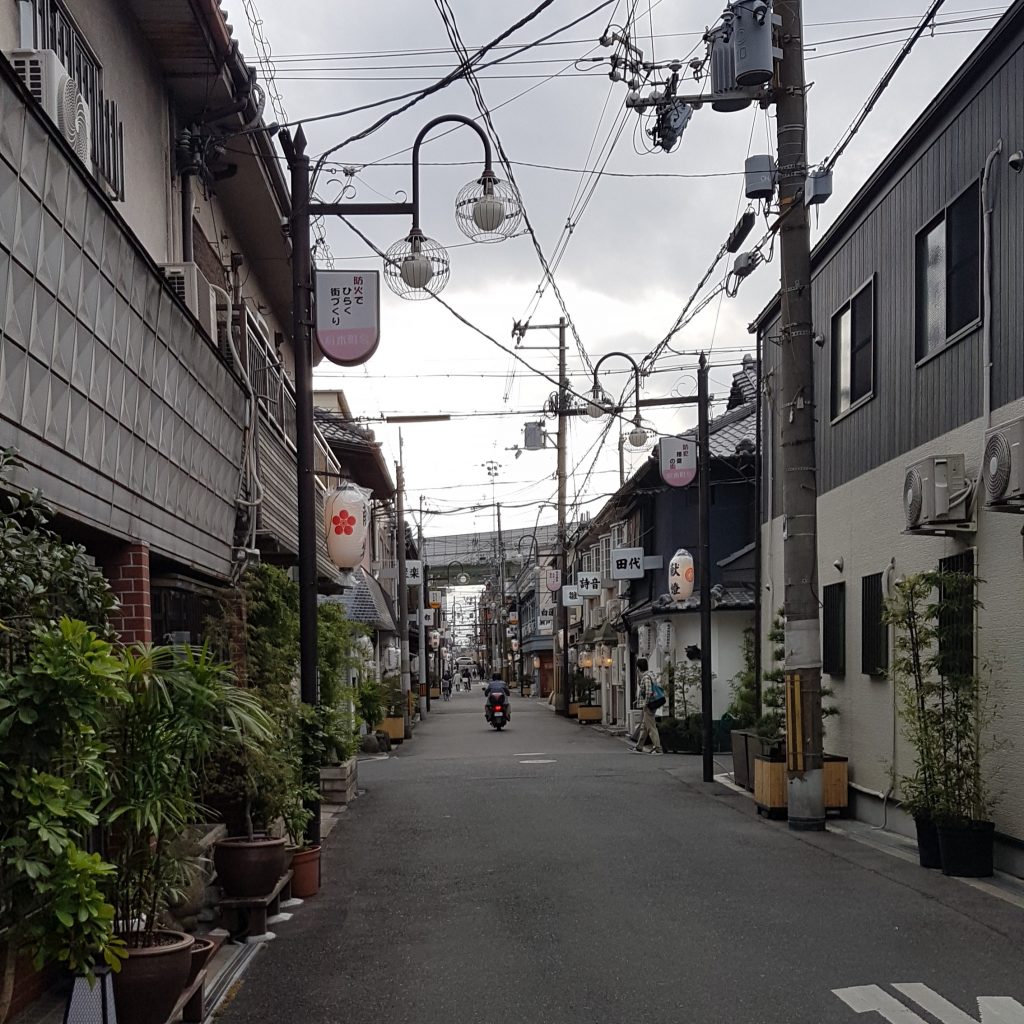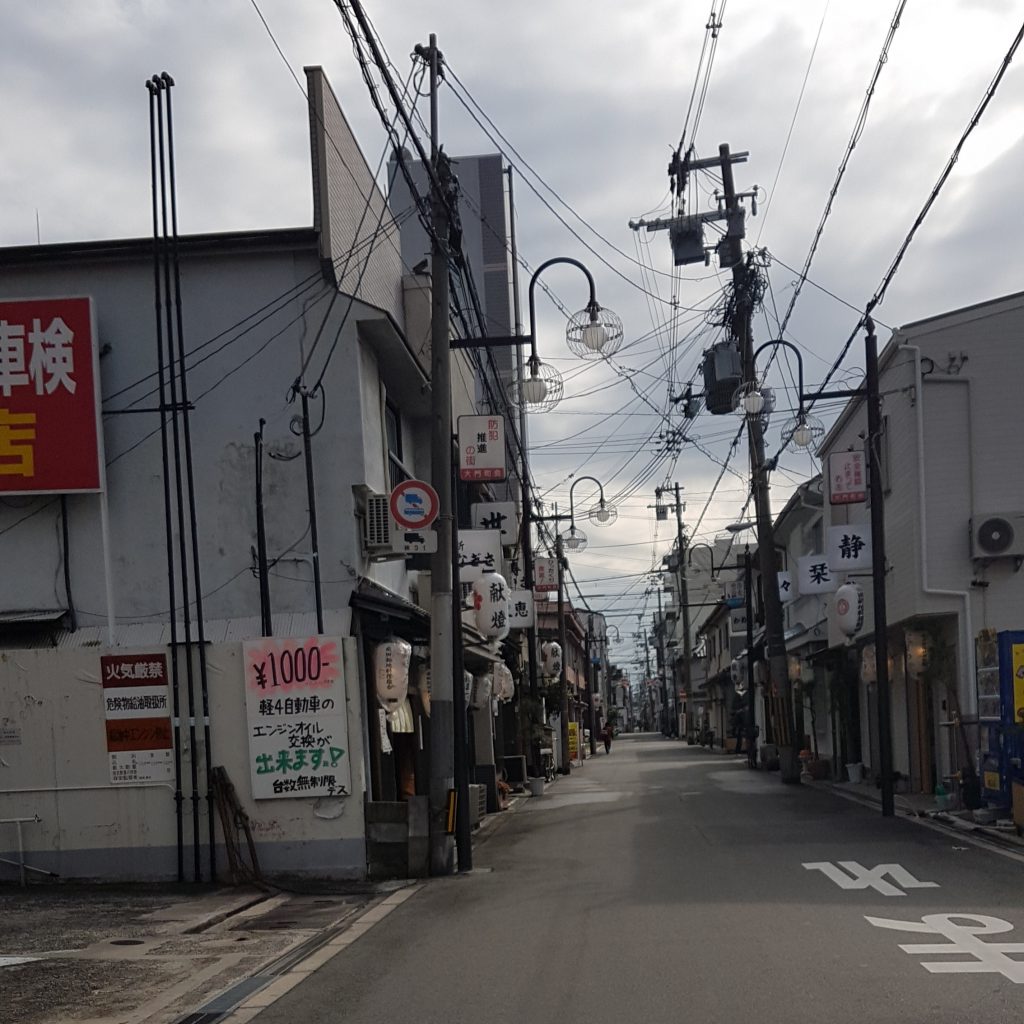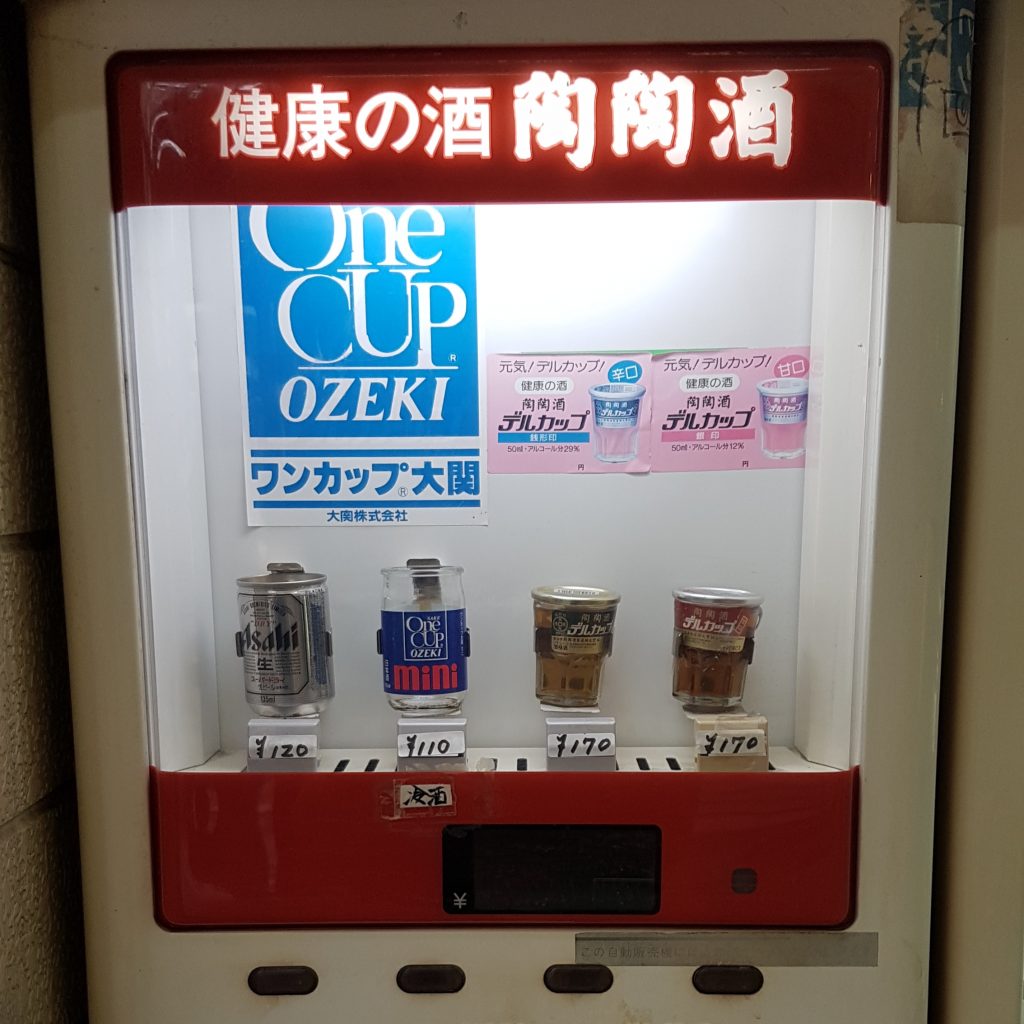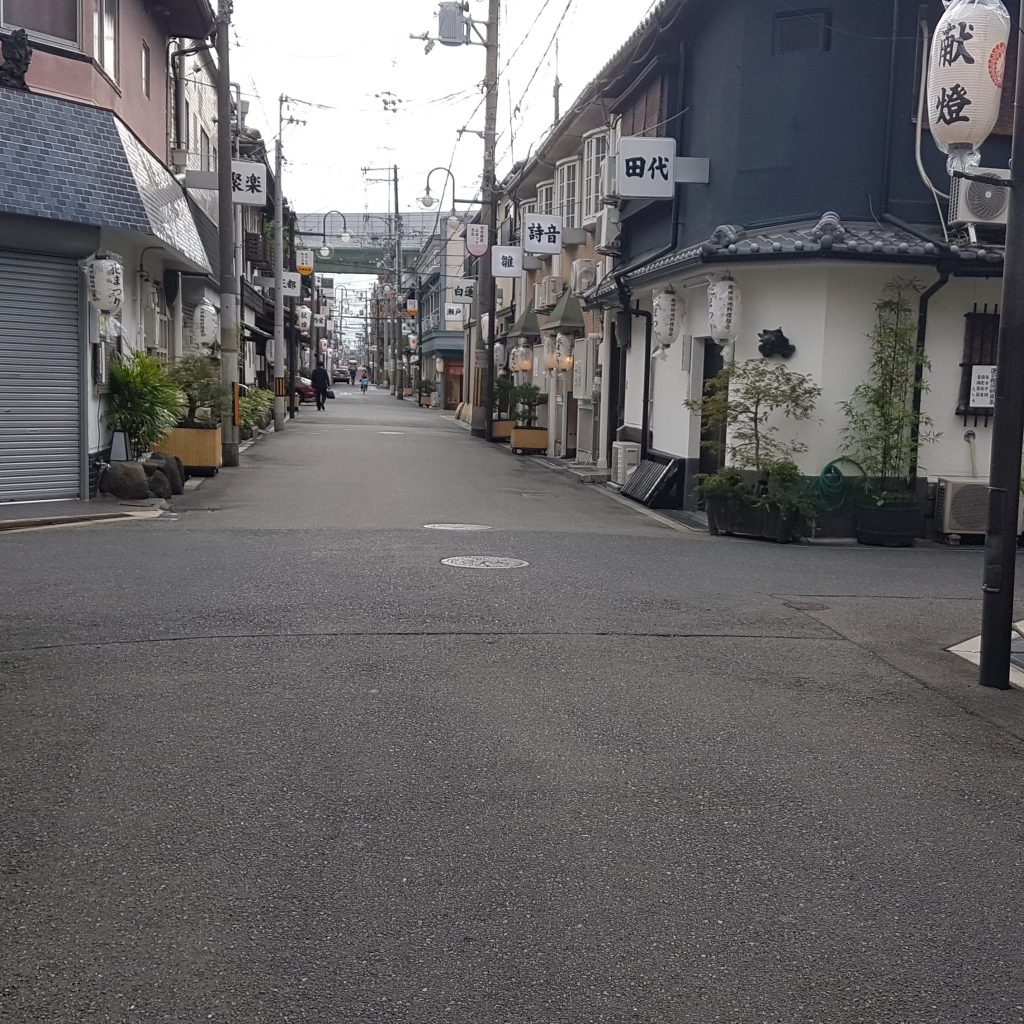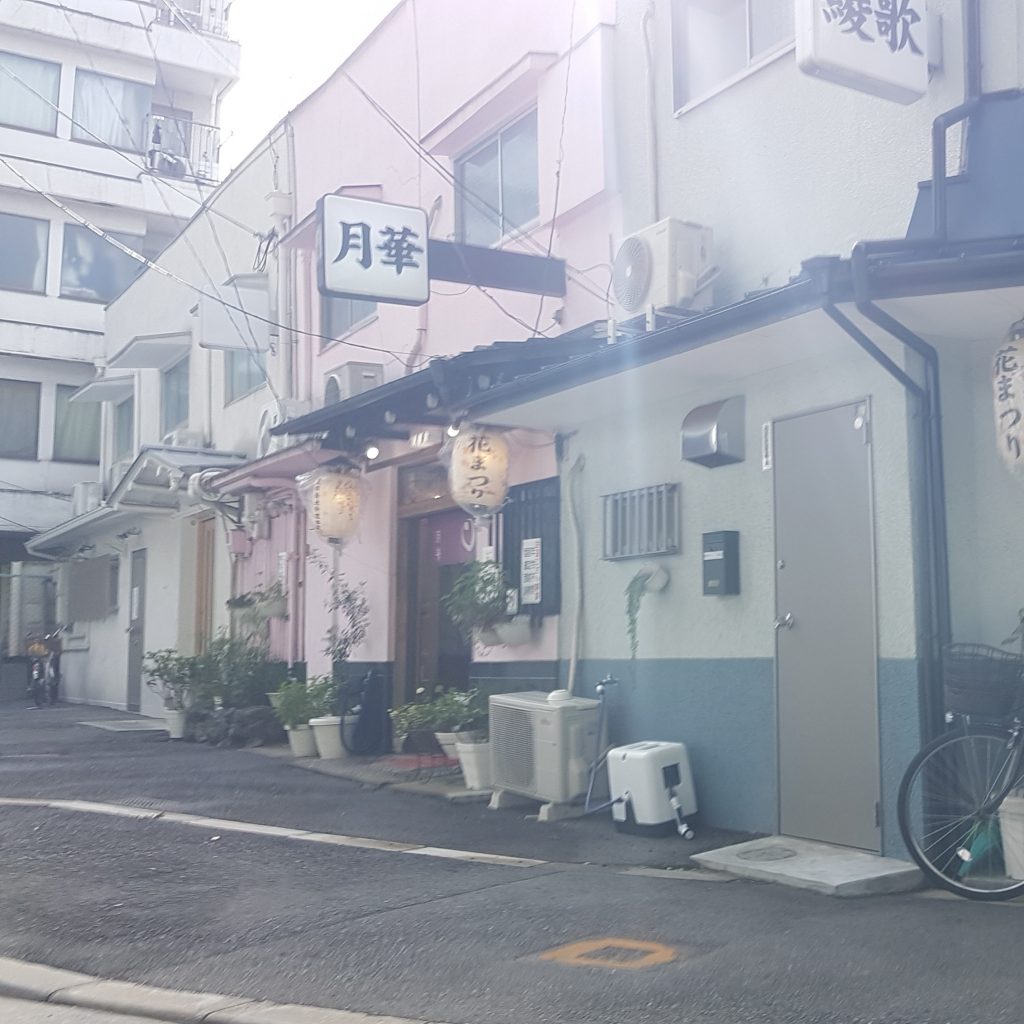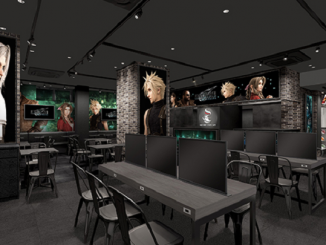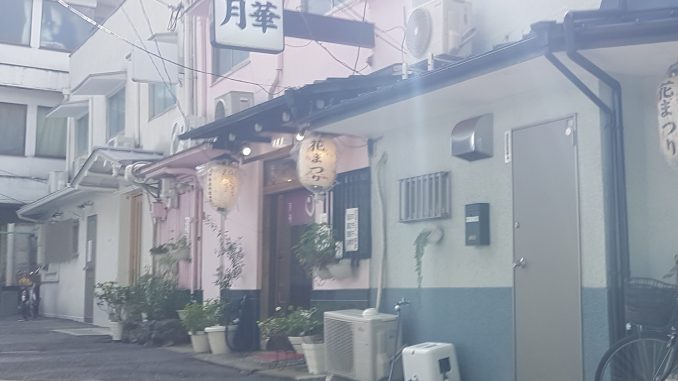
Prostitution has been officially banned in Japan since 1958 – But that doesn’t mean that it doesn’t exist, in fact, quite the contrary.
Brothels in the modern era get around the ban by declaring themselves as “Japanese restaurants” (Ryoutei 料 亭), and the working ladies as “waitresses”. Nevertheless, most people – including the local police – know exactly what the true purposes of these ‘restaurants’ are.
Walk around a red light district in Japan that houses many of these Ryoutei, and you’ll see the ground floor shop windows with a prostitute sitting on the tatami flooring – often wearing a type of cosplay sexy outfits such as schoolgirls or maids – under a bright light surrounded by fancy furniture and decorations.
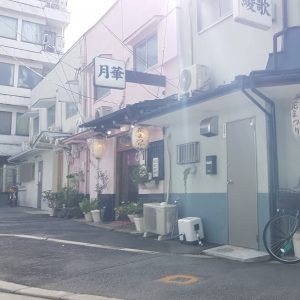
The girls will be accompanied by an older woman who beckons potential customers into the shop by waving her hand and saying phrases like “Douzo” (by all means/welcome). This older woman is often the brothel owner and acts as a sort of mistress for the prostitute.
To the side of the room is a staircase where the girl will take you should you decide to partake in the activities being offered.
A Step Back in Time
Tobita Shinchi is located in one of the poorest neighbourhoods of Osaka, nestled between a busy overpass, a housing project and a rundown Japanese-style shopping street that is undoubtedly several decades old.
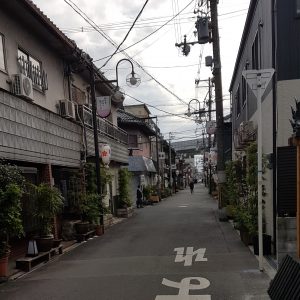
Tobita Shinchi is believed to be the largest red-light district in western Japan. It’s not uncommon to encounter a homeless person around the area and there are a few places close by where they gather to seek shelter.
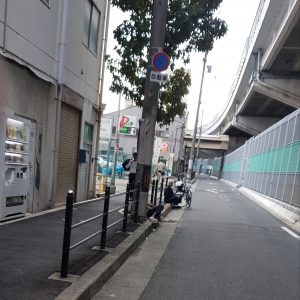
It’s also a common occurrence to come across a drunk person in the middle of the day and you’re never too far from an open karaoke bar serving various drinks, or even a vending machine specialising in alcohol.
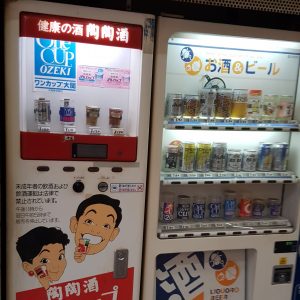
Tobita Shinchi was originally a “Yukaku,” meaning “pleasure quarter,” in southern Osaka, dating back to the early 1900s. This place certainly feels very different from the rest of Japan, and there’s a certain sordid vibe in the air. The brothels here are a little different to most others in Japan, as the shop fronts are wide open allowing you to view and interact with the working girls sitting in the rooms.
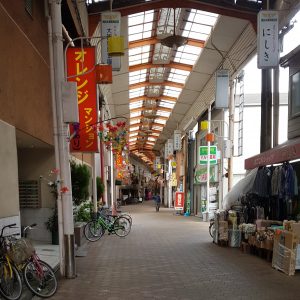
Despite all of this, it may be worth your time to visit this place. The architecture of the building and the brothels themselves all look and feel like you’ve stepped back in time in Japan – or more specifically, the Taisho era (1912-1925).
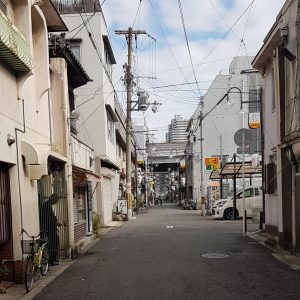
In fact, the “restaurants” in which the prostitutes work from are declared by the Japanese government as a national cultural interest, and so the Taiyoshi Hyaku Ban-buildings (鯛 よ し 百 番) are somewhat protected and maintained – so they’ve managed to maintain much of their charming architecture.
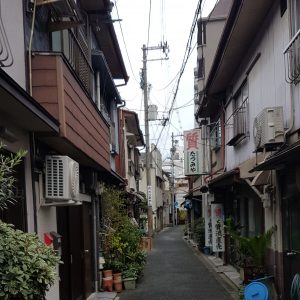
Unfortunately, many of the buildings are decaying but there are still old wooden buildings with beautiful designs and old-style lanterns illuminating the fronts at night.
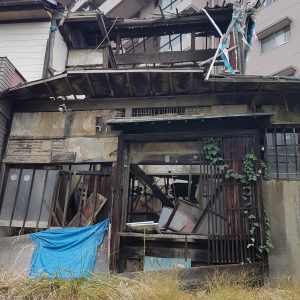
Combined with the old shopping mall, the karaoke bars, the brothels, the lanterns. the people and numerous other smaller details, Tobita Shinchi feels like no other place on earth, or even in Japan. It may very well be Osaka’s best-preserved area.
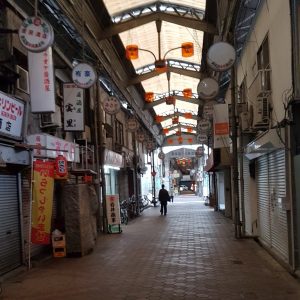
If you have an interest in Japan and would like even a small glimpse into what it might have looked like in a major Japanese city pre World War 2, this place could very well be one of the best and most authentic places to visit.
Bear in mind though, that for obvious reasons, locals and visitors aren’t enthusiastic about having their picture taken. And the brothels (and the girls working in them) are very much open to business.
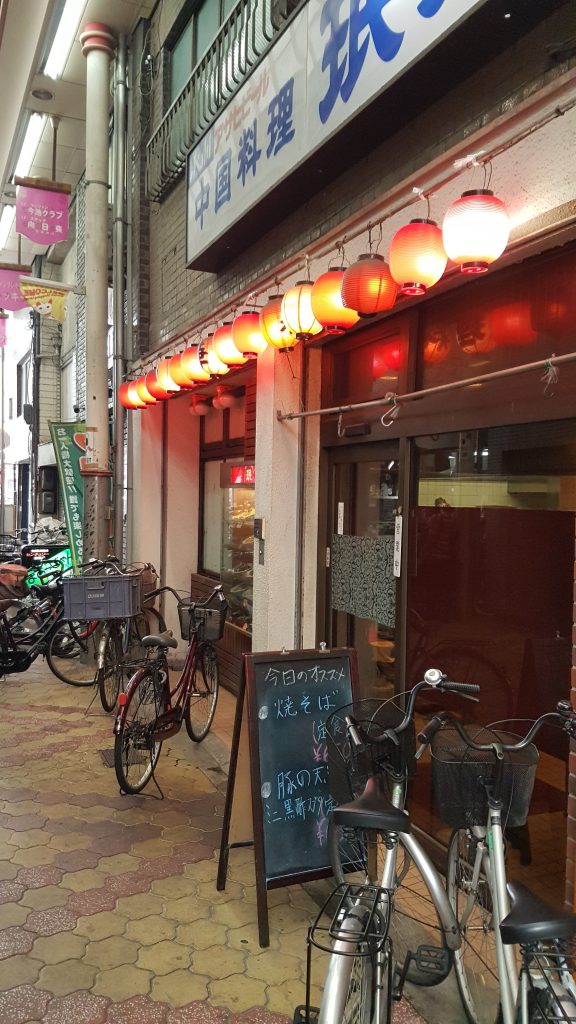
● Want to hear about R18 Japan’s latest articles as soon as they’re published? Follow us on Facebook and Twitter!

